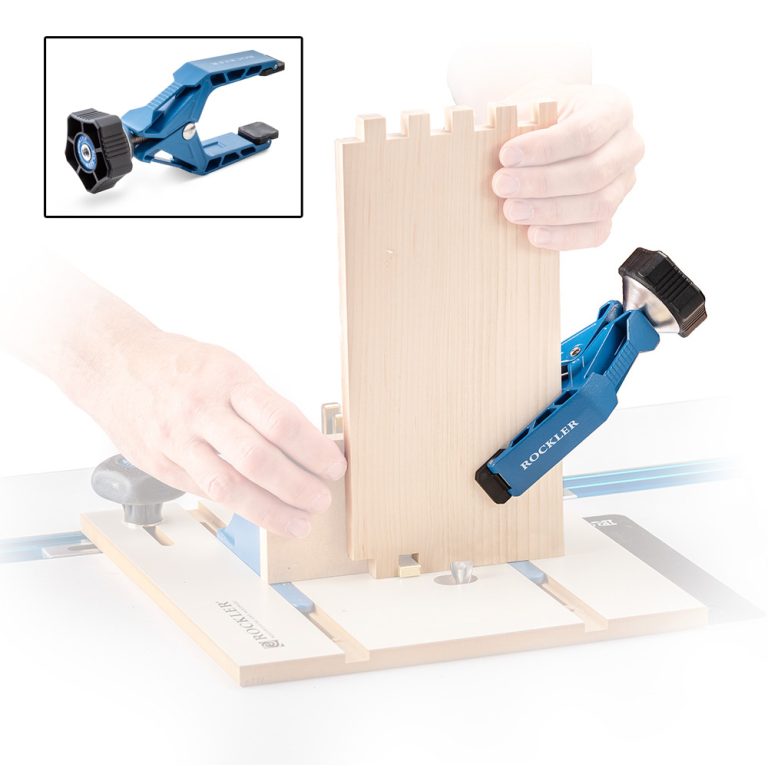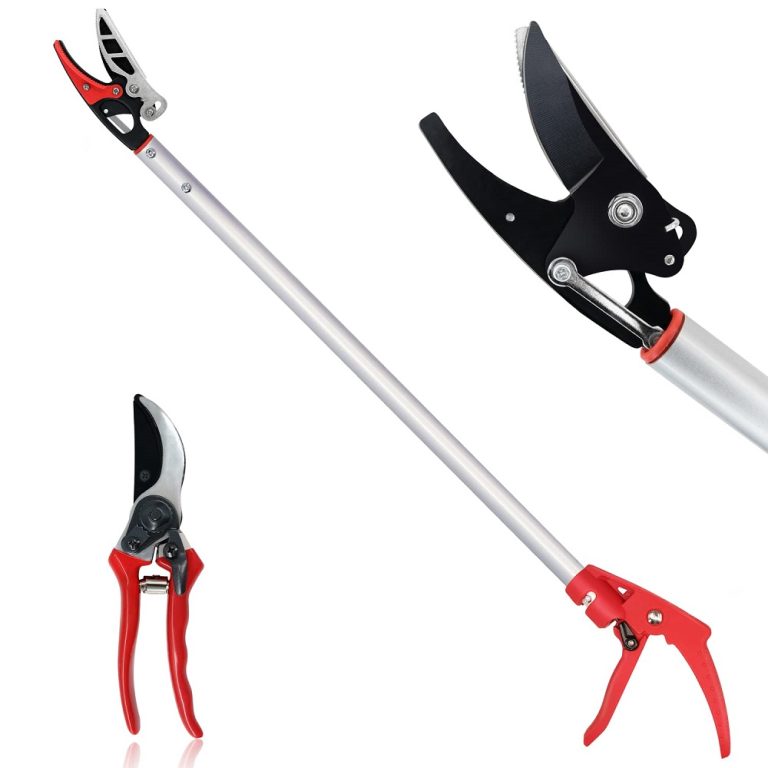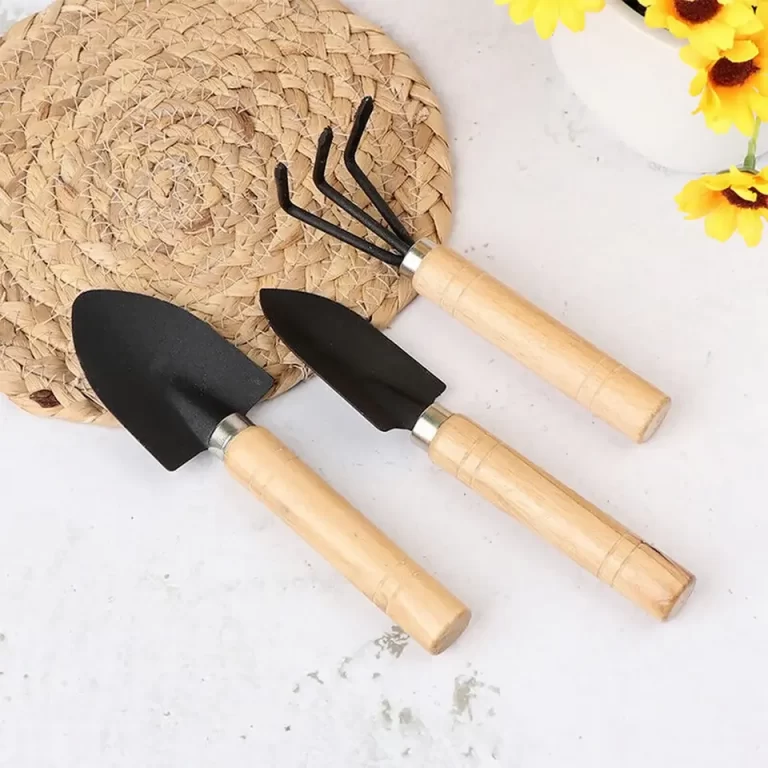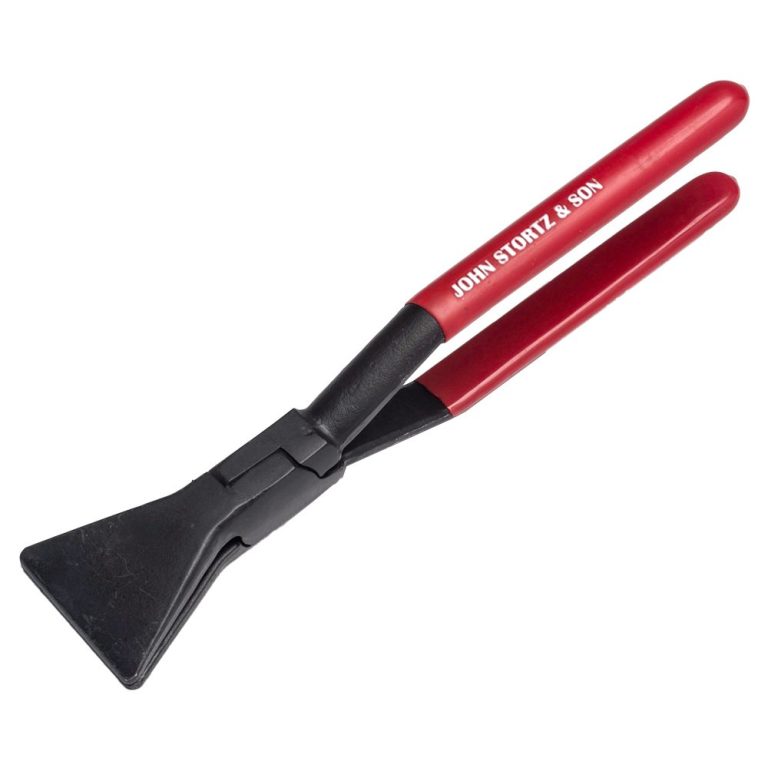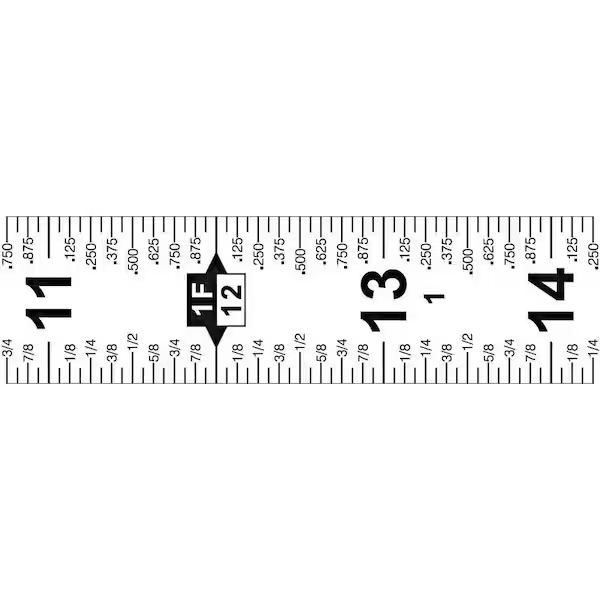Accurate measurements are crucial in various tasks, from home improvement projects to crafting and tailoring. Understanding precise measurements, such as where is 15/16 on a tape measure, can significantly enhance your ability to execute projects with confidence and precision. This comprehensive guide will delve into the specifics of locating the 15/16-inch mark on a tape measure, its practical applications, and tips to ensure you achieve flawless measurements every time. Whether you’re a DIY enthusiast, a professional contractor, or someone who enjoys sewing, mastering this detail will elevate your measurement skills to the next level.
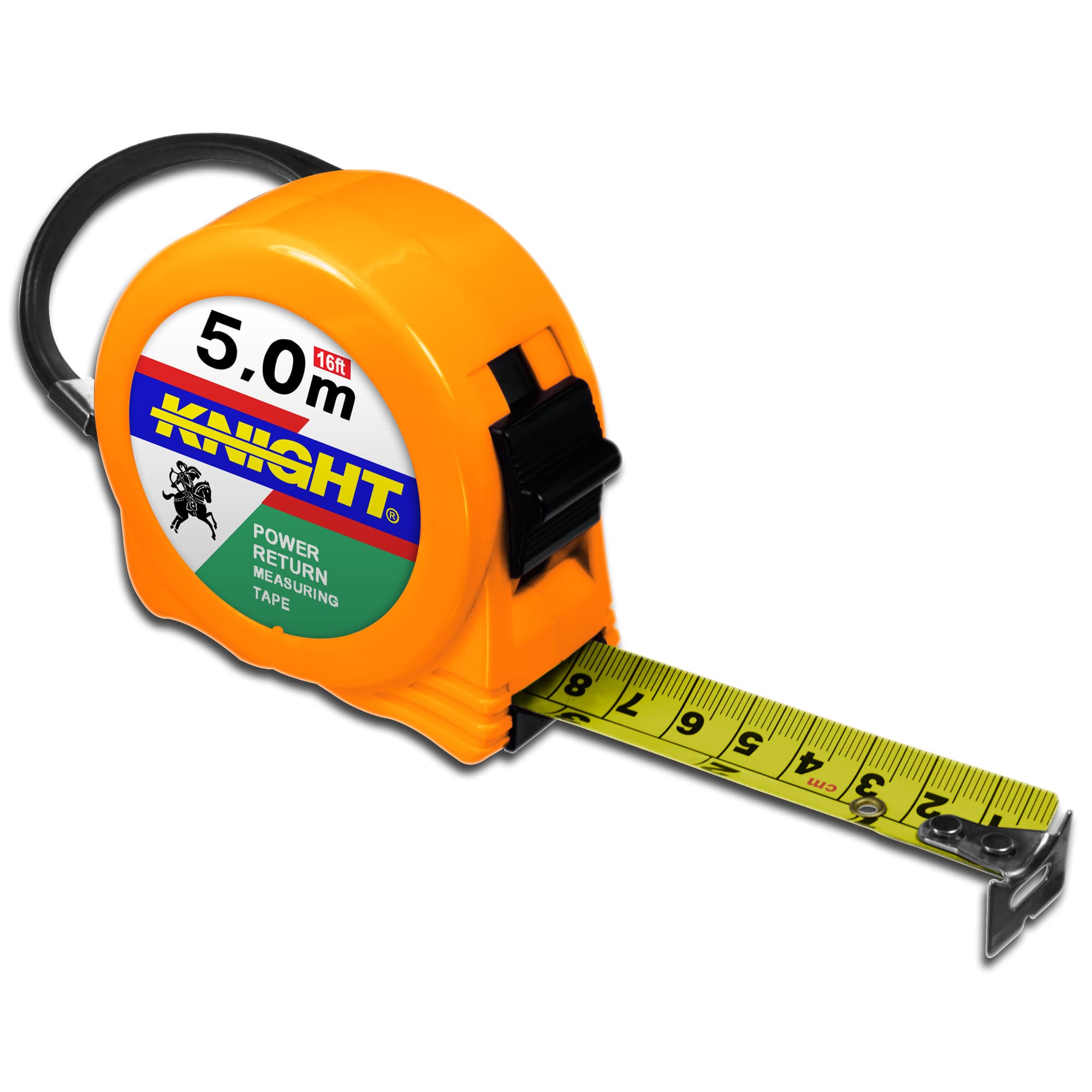
Understanding Tape Measure Markings
Before pinpointing where is 15/16 on a tape measure, it’s essential to understand the basic markings on a standard tape measure. Tape measures typically display both inches and centimeters, with the inch side subdivided into fractions for greater precision. These fractions usually range from 1/16 inch increments, offering detailed measurement capabilities necessary for tasks requiring high accuracy.
The Inch Scale and Its Fractions
The inch side of a tape measure is divided into smaller fractions to provide precise measurements. Each inch is split into 16 equal parts, each representing 1/16 of an inch. These smaller divisions allow for fine-tuning measurements, making it easier to achieve the exact size needed for your project.
Locating Major and Minor Marks
On a tape measure, longer lines typically denote whole inches, while shorter lines represent fractions. The 1/16 inch marks are the smallest and are usually very close together. To effectively use a tape measure, familiarize yourself with these markings, as they play a pivotal role in ensuring accurate measurements.
Where is 15/16 on a Tape Measure?
Identifying where is 15/16 on a tape measure is straightforward once you understand the layout of the tape measure. Here’s a step-by-step guide to help you locate this specific measurement.
Step-by-Step Identification
- Locate the Inch Markers: Start by finding the whole inch marks marked with longer lines and typically labeled numbers.
- Identify the Fractional Marks: Between each whole inch, you’ll find smaller lines representing fractions of an inch, divided into sixteenths.
- Count the Fractions: Starting from the whole inch mark, count fifteen 1/16-inch increments. The 15/16-inch mark will be the last little line before the next whole inch.
Visual Representation
Imagine your tape measure displaying inches from left to right. To find 15/16 inches:
- Start at the 0-inch mark.
- Move to the 1-inch mark.
- Between 0 and 1 inch, keep counting each small line as 1/16 increments.
- The 15th line after the 14/16 mark (which is equivalent to 7/8 inches) will be the 15/16-inch mark.
 Practical Applications of 15/16-Inch Measurements
Practical Applications of 15/16-Inch Measurements
Understanding where is 15/16 on a tape measure extends beyond mere identification; it plays a vital role in various practical applications requiring precise measurements.
Carpentry and Construction
In carpentry, precision is paramount. Knowing the exact placement of the 15/16-inch mark ensures accurate cuts and joins, preventing material wastage and ensuring structural integrity. For example, when measuring for trim or molding, a 15/16-inch measurement can make the difference between a seamless fit and a noticeable gap.
Sewing and Tailoring
In sewing, measurements must be exact to achieve the perfect fit. Whether you’re tailoring a dress or crafting a suit, knowing where is 15/16 on a tape measure allows you to make precise adjustments to patterns, ensuring the finished garment fits flawlessly.
DIY Projects
For DIY enthusiasts, projects like building furniture or home décor pieces benefit greatly from precise measurements. Utilizing the 15/16-inch mark helps in creating uniform pieces, whether you’re fixing a cabinet door or assembling shelving units, leading to professional-looking results.
Photography and Framing
In photography, framing is an art that demands meticulous measurements. Knowing the 15/16-inch mark assists in accurately sizing frames to fit your artwork or photographs perfectly, avoiding the need for last-minute adjustments.
Tips for Accurate Measurements
Achieving precision with your tape measure, including correctly identifying where is 15/16 on a tape measure, requires practice and attention to detail. Here are some essential tips to enhance your measurement accuracy.
Use a Stable Surface
Always measure on a flat, stable surface to prevent sagging or warping of the tape measure. A stable surface ensures that your measurements remain true and free from distortions that can occur on uneven or soft surfaces.
Hold the Tape Correctly
Grip the tape measure firmly but not too tightly. Allow the tape to lay flat against the surface you’re measuring without bending or twisting. Proper handling prevents inaccuracies and ensures the fractions line up correctly.
Double-Check Measurements
After taking a measurement, double-check it by aligning it with a trusted reference or measuring it again. Verifying your measurements minimizes the risk of errors, especially when working on critical dimensions.
Mark Your Measurements
When working with small fractions like 15/16 inches, marking your measurements clearly can prevent confusion. Use a fine-tipped pencil or a fabric marker to indicate exact points on the material you’re measuring, ensuring you stay on track during cutting or assembling.
Practice Regularly
Like any skill, accurate measuring improves with practice. Regularly using your tape measure and familiarizing yourself with its markings, including where is 15/16 on a tape measure, enhances your speed and accuracy, making you more efficient in your tasks.
Common Mistakes to Avoid
Avoiding common mistakes is crucial for maintaining precision when using a tape measure. Understanding where is 15/16 on a tape measure helps in steering clear of these errors.
Misreading the Tape Measure
One frequent mistake is misreading the fractional markings. Ensure you clearly distinguish between similar-looking fractions, such as 15/16 and 1 inch, to prevent overestimation or underestimation of measurements.
Not Aligning Properly
Improper alignment of the tape measure with the edge of the object being measured can lead to inaccurate readings. Always start measuring from the exact edge or point of reference to maintain consistency.
Stretching the Tape
Pulling the tape measure too tightly can cause it to stretch, resulting in longer, inaccurate measurements. Allow the tape to follow the natural curve of the object without applying excessive force.
Overlooking the Zero Mark
Ensure you start measuring from the very beginning of the tape measure. Sometimes, the tape might not sit perfectly at the zero mark, leading to skewed measurements if not properly aligned.
Ignoring the Tape’s Slant
Keeping the tape straight and perpendicular to the object is essential for accuracy. Allow the tape to remain vertical or horizontal, depending on your measuring orientation, to prevent angled measurements that can distort fractional marks like 15/16 inches.
Advanced Measurement Techniques
Once you’ve mastered where is 15/16 on a tape measure, you can explore more advanced techniques to enhance your measuring proficiency.
Using the Tape Measure for Angles
Understanding fractions like 15/16 inches can aid in measuring angles accurately. For tasks requiring precise angular measurements, combine your knowledge of fractional inches with geometry principles to achieve exact results.
Marking Complex Shapes
When dealing with irregular or complex shapes, knowing precise fractional measurements, including 15/16 inches, helps in creating accurate patterns and cutting materials accordingly. This precision is essential for intricate woodworking or bespoke tailoring projects.
Calculating Conversions
Sometimes, you might need to convert inches to centimeters or other units. Mastering the location of 15/16 inches on your tape measure enhances your ability to perform these conversions accurately, maintaining consistency across different measurement systems.
Integrating Technology
Utilize digital tape measures or smartphone apps that can assist in reading and recording precise measurements. These technologies can complement your manual measuring skills, providing additional accuracy and ease of use.
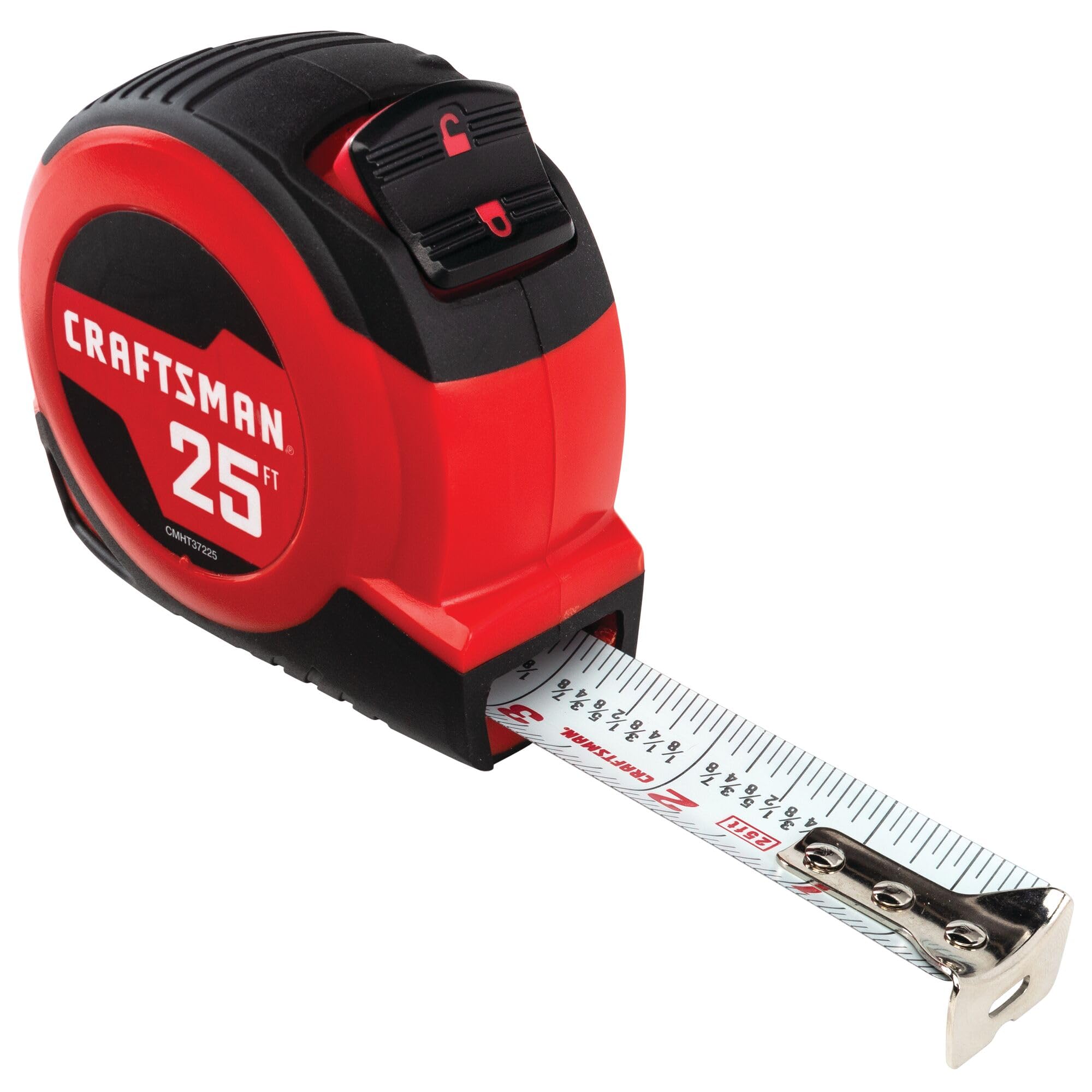 Choosing the Right Tape Measure
Choosing the Right Tape Measure
Selecting a high-quality tape measure is fundamental for accurate measurements, including identifying where is 15/16 on a tape measure. Here are factors to consider when choosing your tape measure.
Quality of Markings
Opt for tape measures with clear, well-defined markings. Indelible ink or printed labels that resist fading ensure that the 15/16-inch mark remains visible over time, avoiding confusion and misreads.
Material Durability
Choose a tape measure made from durable materials like stainless steel or reinforced polymers. These materials prevent stretching or bending, maintaining the integrity of the 15/16-inch mark and other fractional markers.
Locking Mechanism
A reliable locking mechanism helps secure the tape in place, allowing you to take accurate measurements without the tape retracting prematurely. This feature is especially useful when marking measurements or working with multiple layers.
Length and Flexibility
Select a tape measure that suits the scale of your projects. Standard lengths, such as 25 feet or 30 feet, are versatile for most tasks. Additionally, a flexible tape allows for easier measurement around curves and irregular surfaces, enhancing your ability to locate precise marks like 15/16 inches.
Ergonomic Design
An ergonomic design makes handling the tape measure more comfortable, reducing fatigue during extended measuring sessions. Features like a comfortable grip or a compact case can improve usability and efficiency.
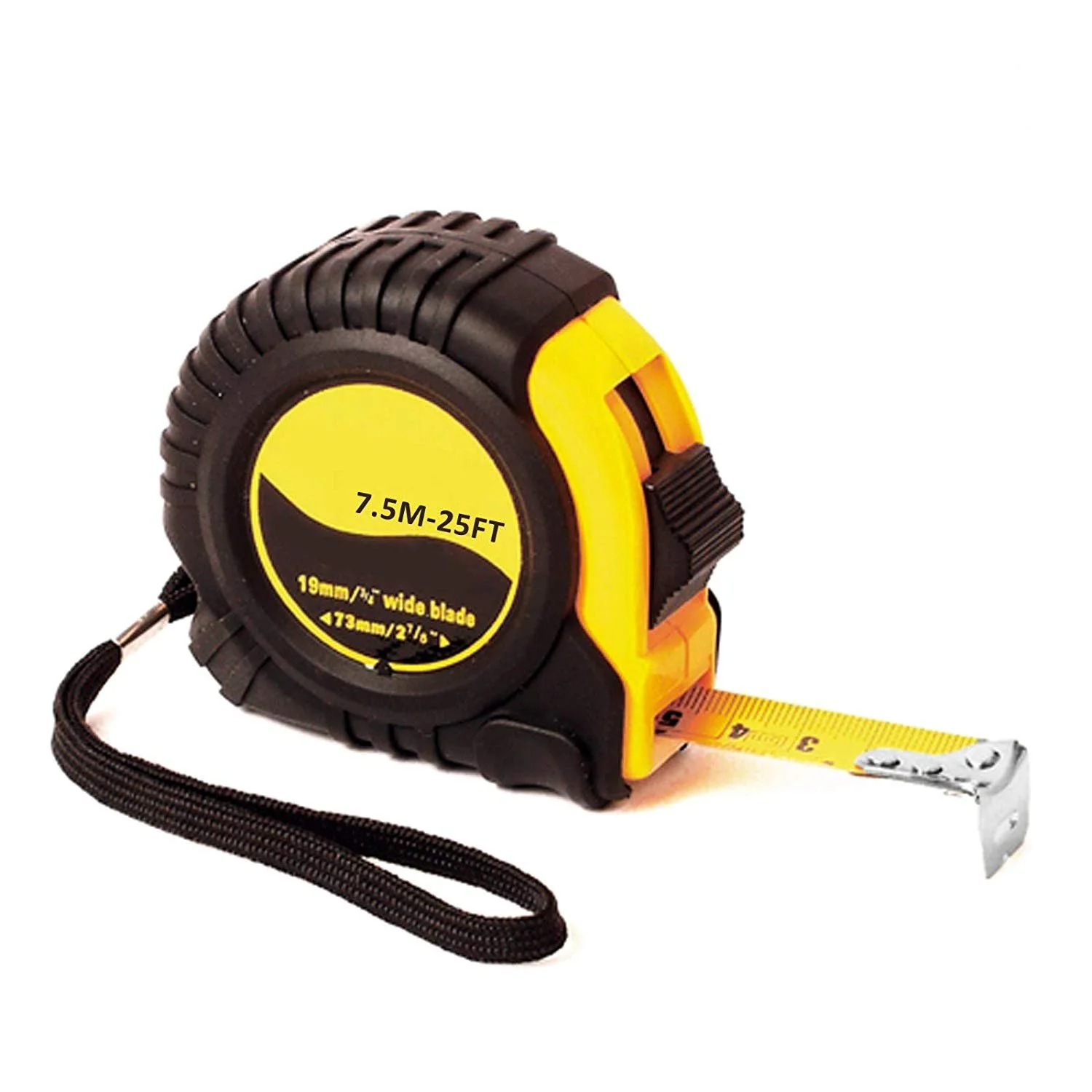 Maintaining Your Tape Measure
Maintaining Your Tape Measure
Proper maintenance ensures that your tape measure remains accurate and reliable, allowing you to consistently identify where is 15/16 on a tape measure with ease.
Regular Cleaning
Keep your tape measure clean by wiping it down after use. Dust, dirt, and debris can obscure markings and interfere with the tape’s retracting mechanism. Use a soft cloth to gently remove any buildup, maintaining clear visibility of all fractional marks.
Proper Storage
Store your tape measure in a dry, cool place
to prevent rust and damage. Avoid dropping or bending the tape, as this can distort the measurements, including the 15/16-inch mark. Using a protective case or compartment helps safeguard your tape measure from external elements.
Inspecting for Wear and Tear
Regularly inspect your tape measure for signs of wear and tear. Look for fading markings, loose tape, or malfunctioning retracting mechanisms. Addressing these issues promptly ensures that where is 15/16 on a tape measure remains accurate and reliable.
Keeping It Dry
Moisture can damage your tape measure’s markings and mechanism. Always dry your tape measure thoroughly after exposure to water or damp environments. This practice prevents rust and maintains the tape’s functionality.
Lubricating the Retracting Mechanism
Occasionally lubricate the retracting mechanism with a small amount of oil to ensure smooth operation. This maintenance step keeps the tape measure functioning efficiently, allowing you to measure accurately without hindrance.
Creative Uses for Your Tape Measure
Beyond traditional measuring tasks, understanding where is 15/16 on a tape measure opens up a variety of creative applications.
Crafting and DIY Projects
In crafting, precise measurements are essential for creating symmetrical and well-proportioned pieces. Use the 15/16-inch mark when cutting materials for dollhouses, model building, or custom decorations to achieve meticulous results.
Home Improvement
Home improvement projects, such as installing shelves or hanging artwork, often require precise measurements. Identifying 15/16 inches ensures that fixtures are placed accurately, leading to professional-looking installations.
Tailoring and Fashion Design
For those interested in tailoring or fashion design, knowing specific fractional measurements enables precise pattern adjustments. This skill is invaluable when altering garments for a perfect fit or designing custom clothing.
Photography and Art
Photographers and artists can use precise measurements to frame their work perfectly or set up equipment accurately. Knowing where is 15/16 on a tape measure helps in aligning frames and maintaining symmetry in compositions.
Educational Purposes
Teaching students about fractions and measurements becomes more interactive with practical applications. Demonstrating where is 15/16 on a tape measure helps learners grasp fractional concepts through hands-on experience.
Frequently Asked Questions
1. How Do I Differentiate Between 15/16 and 1 Inch Marks?
The 15/16-inch mark is located just before the 1-inch mark. It is the last small line before the larger inch line. Carefully count each 1/16-inch increment starting from the zero mark to ensure accurate identification.
2. Can I Use Metric Measurements Instead of 15/16 Inches?
Yes, many tape measures include metric to accommodate different measurement systems. However, understanding where is 15/16 on a tape measure is essential for tasks requiring imperial measurements. Convert between systems only if necessary and ensure both measurements align correctly on the tape.
3. What Tools Help Prevent Tangling When Using a Tape Measure?
Using a tape measure holder or clip can prevent tangling. Additionally, keeping the tape straight and not retracting it too quickly minimizes the risk of loops forming and tangling up the tape, especially when dealing with precise measurements like 15/16 inches.
4. Are There Digital Tape Measures That Highlight 15/16 Inches?
Some advanced digital tape measures offer programmable markings or features that can highlight specific measurements, including 15/16 inches. These digital tools enhance accuracy and easeof use, especially for users who require frequent decimal or fractional measurements.
5. How Accurate Are Tape Measure Fractions Like 15/16 Inches?
Tape measure fractions, including 15/16 inches, are highly accurate when used correctly. Ensuring the tape is not stretched or damaged and understanding the markings enhances measurement precision. Regular maintenance and careful handling maintain the integrity of these fractional marks.
 Conclusion
Conclusion
In conclusion, mastering where is 15/16 on a tape measure is an essential skill for anyone who relies on precise measurements in their daily tasks. By understanding the layout of a tape measure, recognizing the importance of fractional inches, and applying practical tips for accurate measurement, you can elevate your performance in various projects. From carpentry and sewing to crafting and home improvement, knowing exactly where the 15/16-inch mark is ensures that your work is both accurate and professional. Additionally, maintaining your tape measure and utilizing advanced techniques further enhances your ability to measure with confidence. Embrace these insights and incorporate this knowledge into your measurement practices, and watch as your projects achieve greater precision and success.
